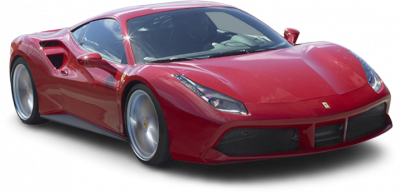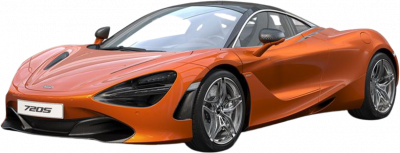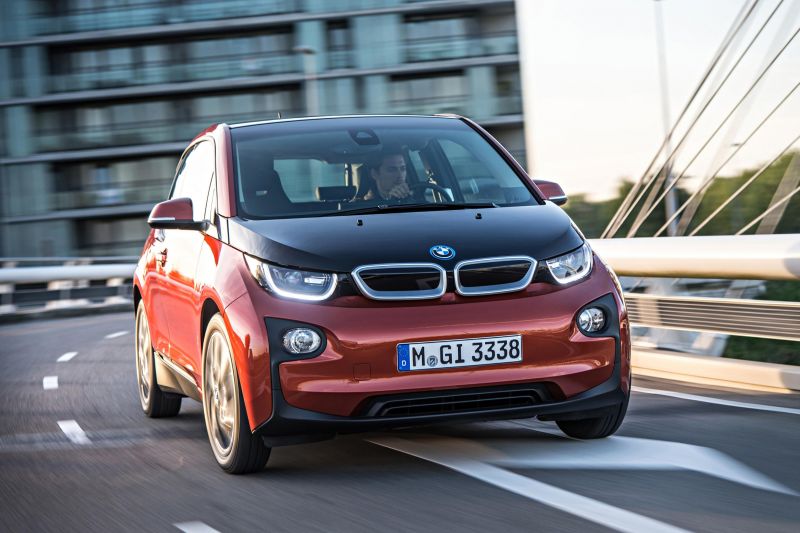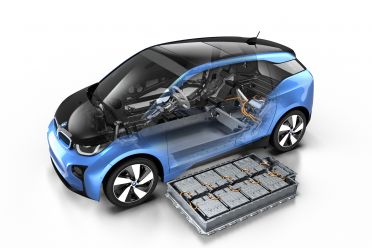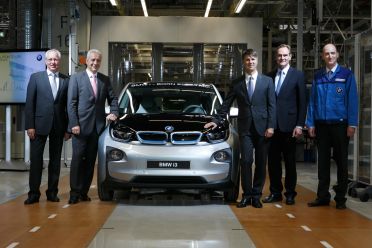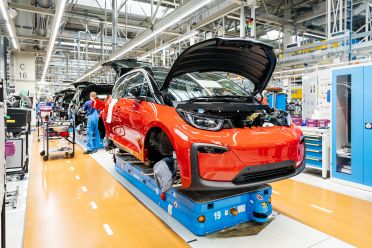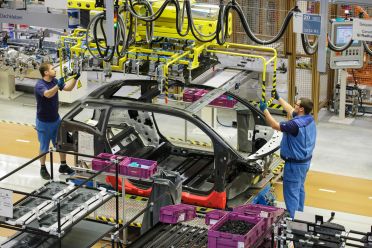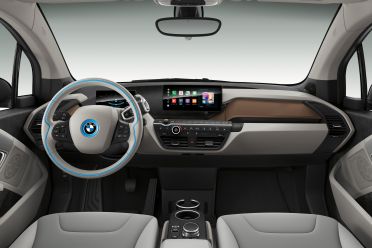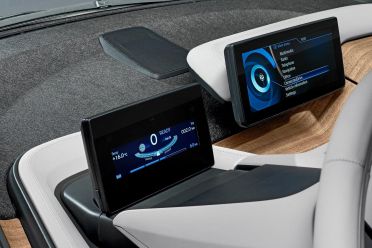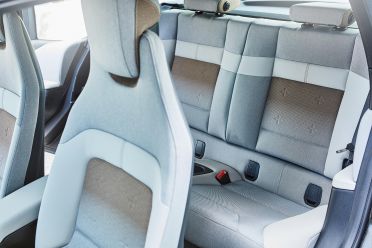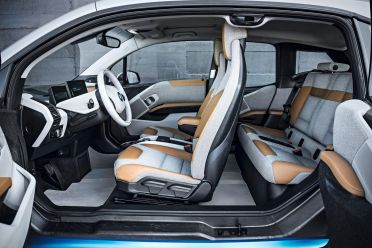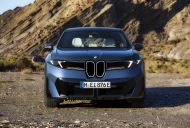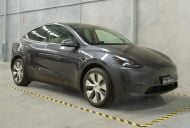It’s official. The BMW i3 is all but gone from Australian showrooms.
Given the more modern, longer-range BMW iX3 and iX electric cars are starting to arrive, it’s no surprise the expensive i3 city car has been discontinued.
The i3 has always been an expensive curiosity, but the electric car world has moved forward in leaps and bounds since 2014. As it stands in December 2021 the BMW i3 S is $12,000 more expensive than a Tesla Model 3, and goes half as far on a charge.
It’s also an unfashionable city car, instead of a sedan or crossover, and doesn’t really fit into the latest BMW range on any front. It looks vastly different to the iX or i4, and doesn’t have the same bleeding-edge iDrive technology behind the wheel.
BMW is also moving with the rest of the motoring world to shared platforms that make it cheaper and simpler to build cars.
Rather than each vehicle using bespoke bits and pieces, brands use common building blocks that can be scaled to fit everything from small hatches to medium sedans and large SUVs. You only pay to develop the parts once, and can manufacture them on a more efficient production line which means (you guessed it) more profit for the carmaker.
The i3 couldn’t be further from that. It’s built around an expensive carbon fibre tub, and was conceived alongside the i8 as a way to study novel materials and production processes. It’s the opposite of cheap or scalable, which puts it in the firing line.
Just to recap then: the i3 is expensive, has a short range, isn’t particularly fashionable in 2021, and makes very little business sense for BMW. That doesn’t mean it won’t be missed.
For all its faults, the i3 is charming and interesting in a way very few electric cars are. It looks like a concept car on the outside, and behind its coach doors hides a stunning take on what a modern city car cabin should look like.
The combination of a low scuttle and intelligent material choices make it feel like an urban loft, and sustainability has been baked into the car. The seats are dyed using olive leaf extract, the door trims are recycled, and the wood trim has no ugly varnish or lacquer on it. Rather than paying lip service to sustainability, the i3 lived it.
It was also totally unique to drive, with light steering, a tiny turning circle, and impressive off-the-mark performance from the electric motor making it perfect for the cut-and-thrust of the city.
It’s no surprise the powertrain in the i3 has been repurposed in the Mini Electric.
BMW knew exactly what it wanted to do with the i3, and executed it perfectly. We rate cars based on ‘fit for purpose’, and the i3 is a 10/10 on that front.
BMW Australia says it will “remain active in the segment of premium electric compact vehicles”, but hasn’t confirmed if the i3 badge will live on.
Whatever’s to come, it’s unlikely to be even half as interesting as the i3.
MORE: Everything BMW i3



